Electro-culture gardening – an innovative and organic growing technique for better veg
Experts discuss how this organic gardening method works, potentially boosting plant growth and improving soil condition


Thomas Rutter
Electro-culture gardening is exciting and innovative and is said to harness the Earth's energy with amazing results. Those gardeners who practice electro-culture methods testify to its powers, producing strong, healthy plants and reducing damage caused by pests.
While you may have heard of many garden ideas, electro-culture gardening might be new to you. Importantly, this quirky technique is easy to implement, requiring only copper wire to get started. What's more, this method will allow you to reduce or eliminate fertilizers and pesticides in your backyard.
Like the idea? We asked the experts how gardeners can experiment with electro-culture in their own yards this year. Why not give it a try?
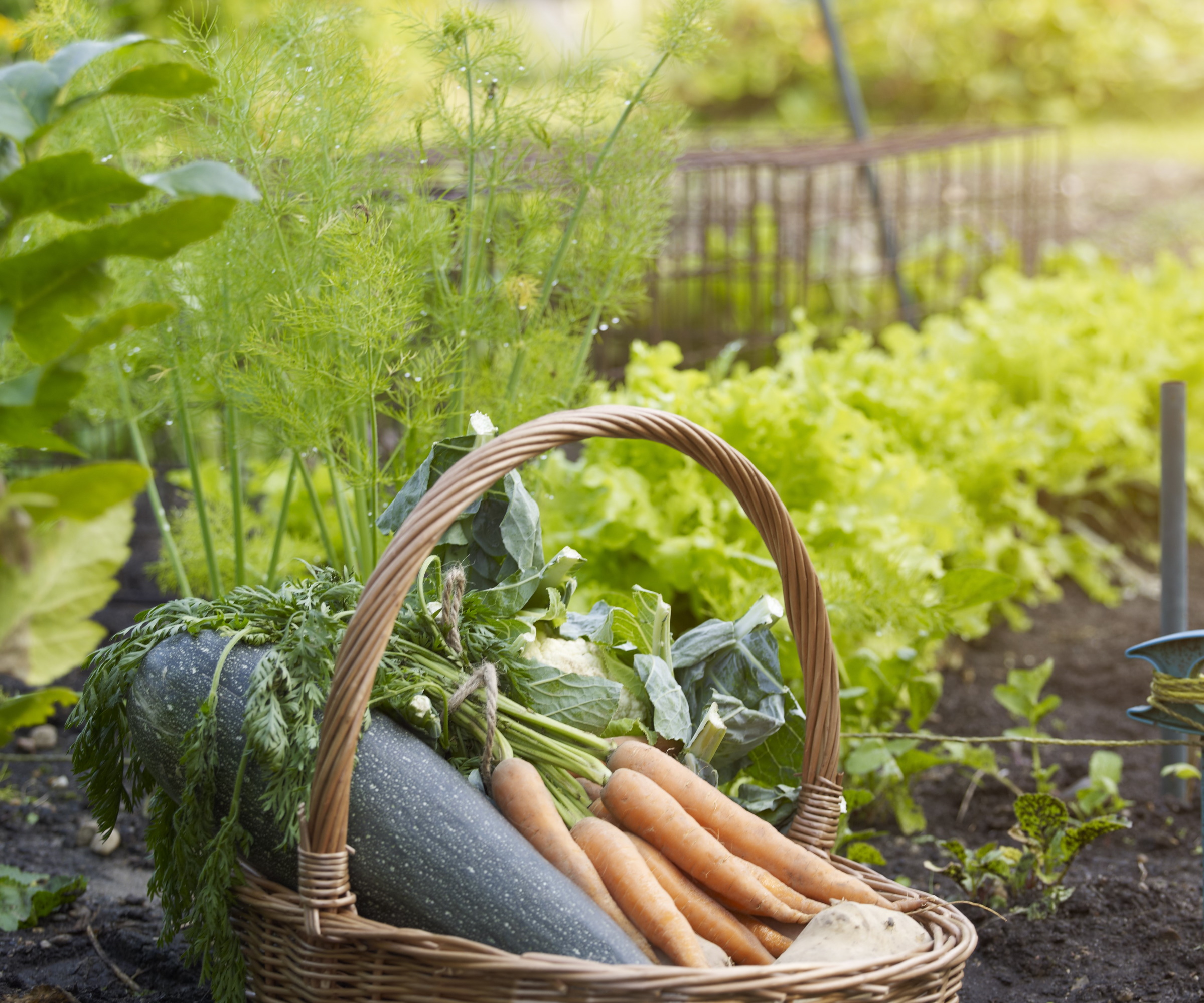
What is electro-culture gardening?
Electro-culture gardening is a historic approach to growing fruit and vegetables. This centuries-old method is both exciting and innovative and can have amazing results, increasing crop yields and reducing pest problems.
An introduction to electro-culture gardening
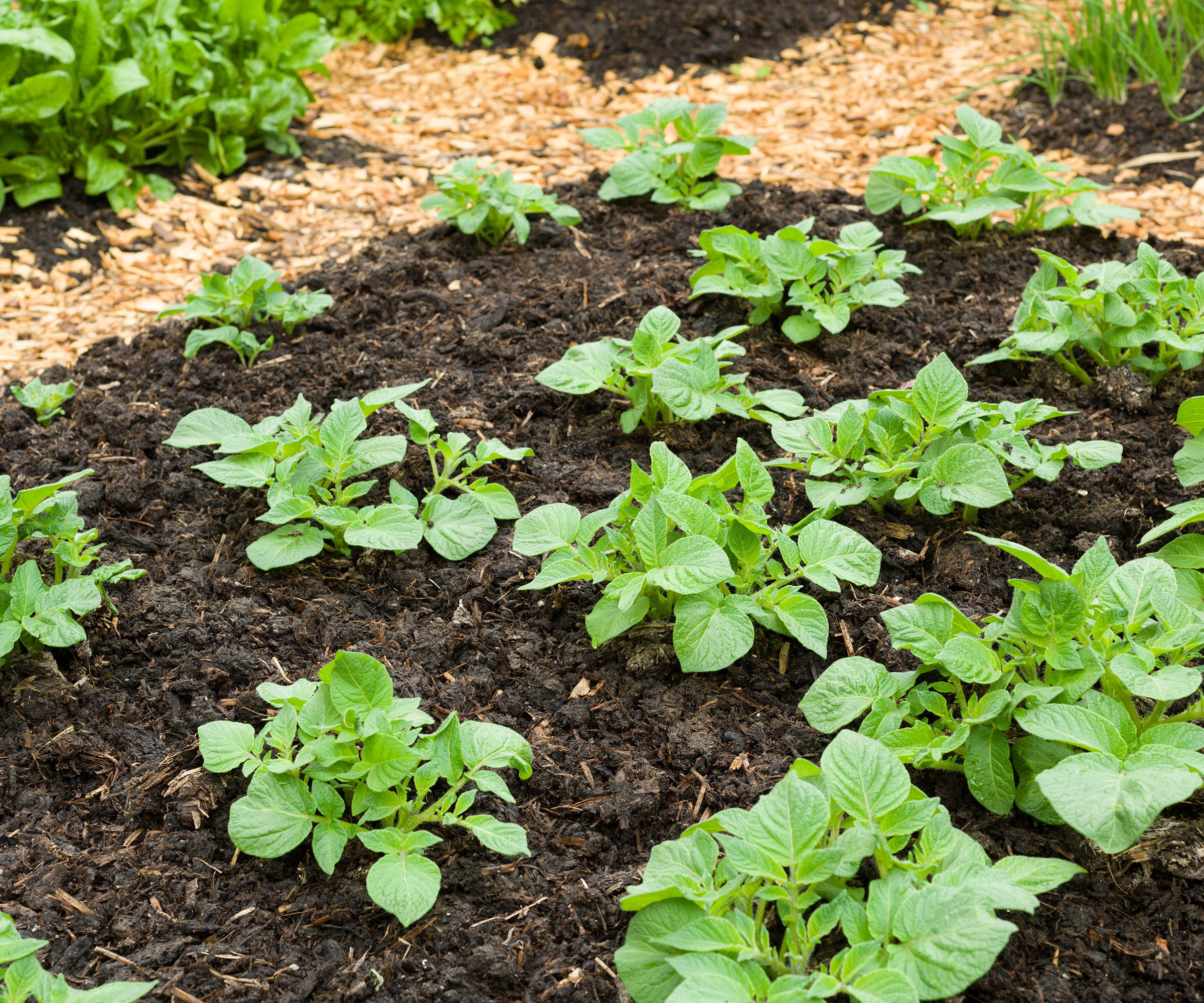
Electro-culture gardening is not a new idea. While this method sounds futuristic, gardeners and growers have been harnessing the power of electricity since the 18th century.
The idea stems from the 20th century, when scientists and botanists were interested in whether plant growth could be stimulated by electricity using high-voltage cables, according to Dr. Andrew Goldsworthy of Imperial College London.
Dr. Goldsworthy was interested in the impact of voltage on planting development and his research has sought to assess this. ‘My research assistant found quite large stimulations of growth, which became greener when weak electric currents were passed through them,’ says Dr. Goldsworthy.
Alas, for the humble backyard gardener, electro-culture gardening might not include methods used in a science laboratory, although the principles will remain much the same. Methods include wrapping wooden dowels in copper wire and placing them into the soil. Alternatively, proponents suggest creating a spiral antenna from copper wire which, again, is connected to the soil.
If you want to give the technique a try, you can buy an electro-culture gardening kit online from Amazon, complete with copper wire and tools online.
Pros of electro-culture gardening
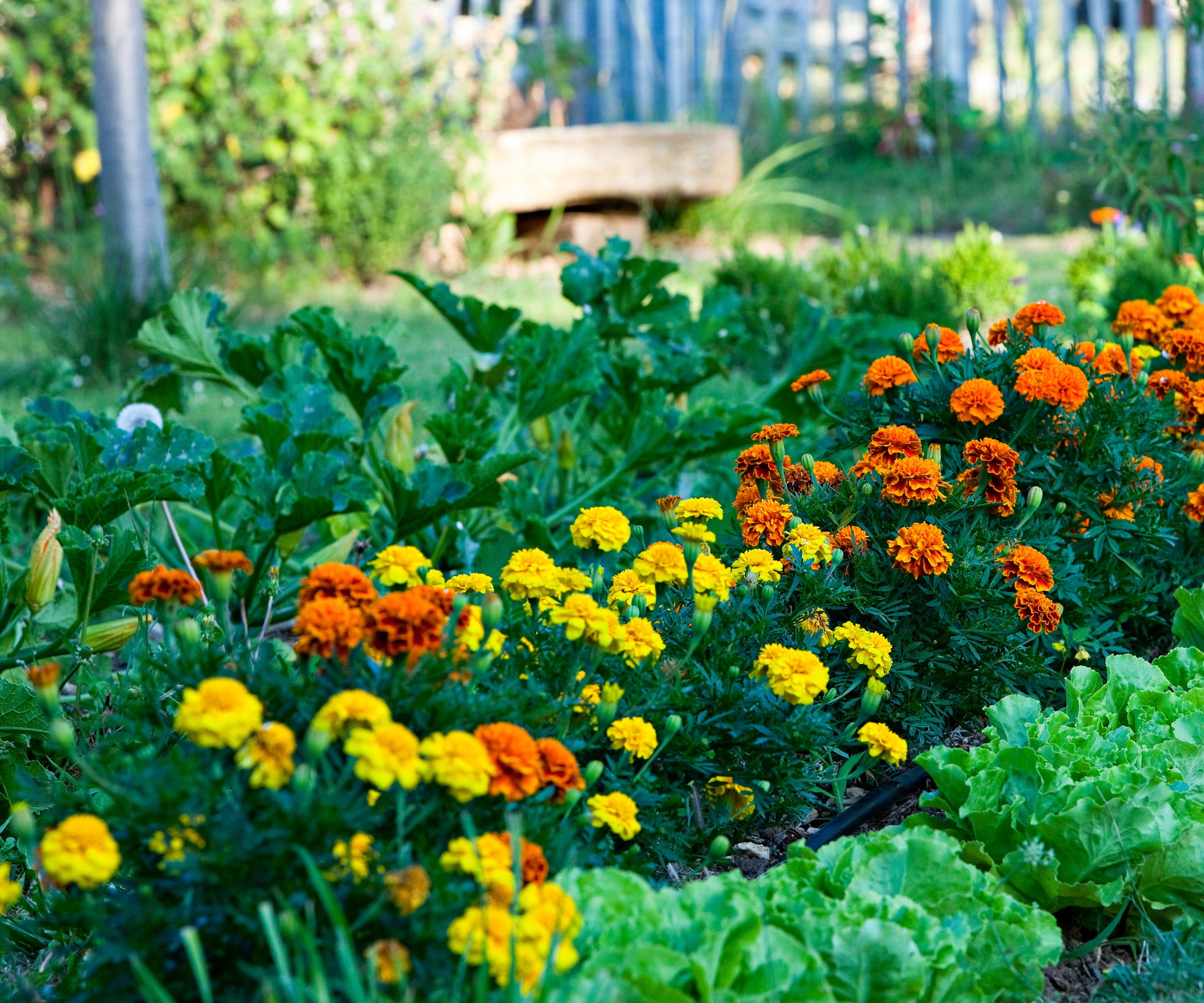
‘The electro-culture gardening approach can have several potential effects on plant growth and health in vegetable, fruit, and flower gardens,’ says Reese Robbins of Just Pure Gardening.
‘Put simply, exposure to electromagnetic frequencies can stimulate plant growth by promoting cell division and elongation,’ Reese explains. ‘This can result in larger and more robust plants.'
‘Electro-culture gardening can impact nutrient uptake, photosynthesis and overall plant metabolism, leading to higher yields in vegetable, fruit, and flower gardens, which is great news for growers!'
‘This innovative method can strengthen plants’ immune systems, making them more resistant to diseases and pests,' Reese adds.
Before gardeners rush to the local store to pick up copper cables and wires, it is important to caveat that many of these claims are not validated. ‘It’s important to emphasize that the claims regarding these potential advantages and gains to be made by utilizing electro-culture gardening are primarily based on anecdotal evidence and personal experiences,’ says Reese. ‘Further research is needed to prove these claims.’

Reese L. Robbins is the founder of Just Pure Gardening, a site full of fruit and vegetable growing guides, garden ideas, and garden product reviews.
Cons of electro-culture gardening
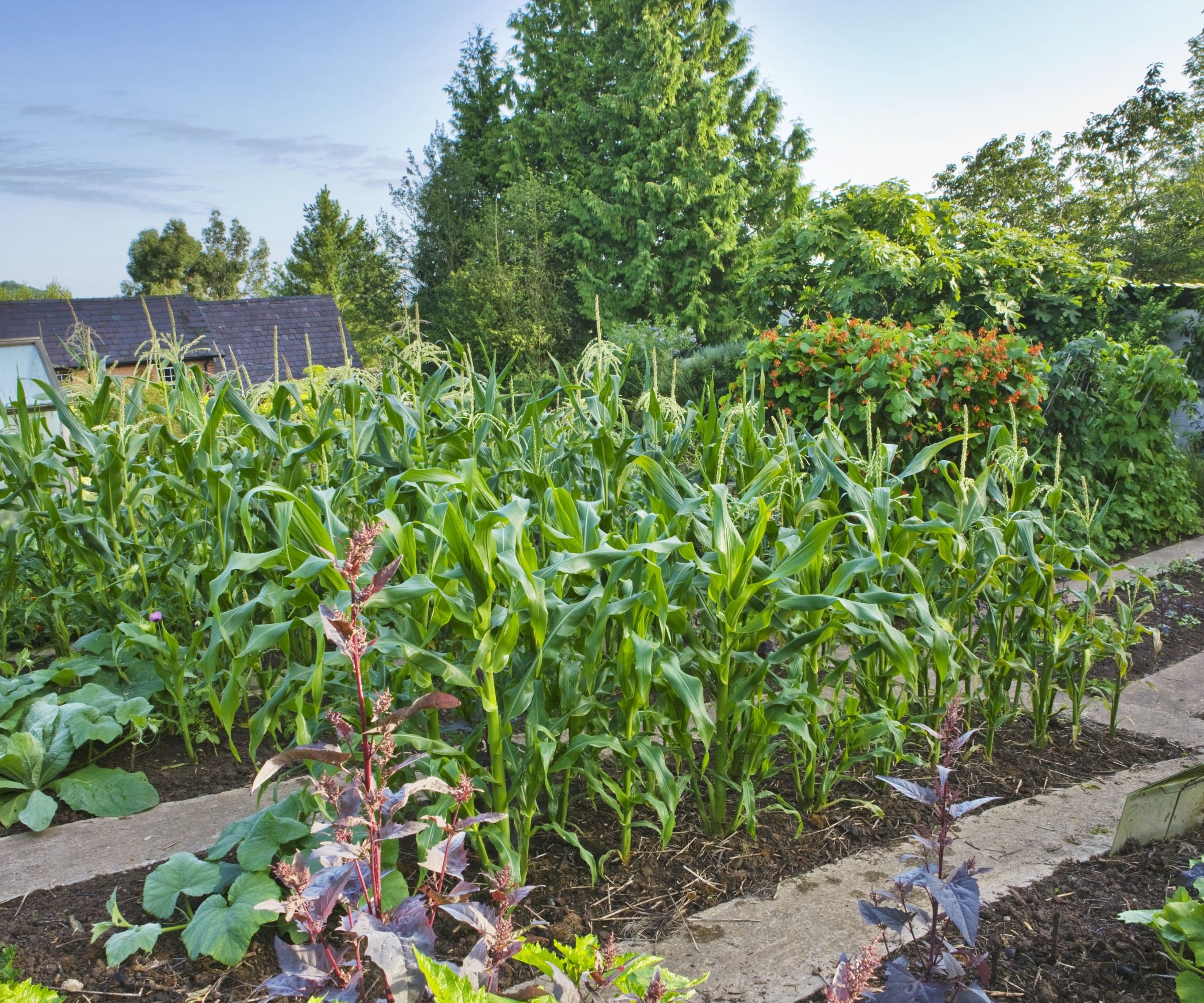
‘One significant downside of electro-culture gardening is the limited understanding and scientific research,’ says Reese. ‘The current body of knowledge is mainly based on anecdotal evidence, conjecture and personal experiences. This lack of common understanding is limiting, as we do not know the full benefits and limitations of electro-culture techniques.’
‘The outcomes of electro-culture gardening can vary widely due to the complex nature of electromagnetic fields and the diverse requirements of different plant species,’ says Reese.
‘What works for one type of plant, for example, a fruiting cherry tree, may not yield the same results elsewhere, say in a veg bed growing potatoes. Different crops have different requirements.'
‘Understanding and applying electro-culture principles effectively can be complex, especially for novice gardeners. The complexity of this method may deter some individuals from pursuing this approach, and it is easy to be intimidated by the intricacies of the practice.'
‘The long-term effects of electro-culture gardening on plants, soil health, and ecosystem dynamics are still largely unknown. While short-term improvements in plant growth or health may be observed, the potential consequences over extended periods, such as soil degradation or ecological imbalances, have not been extensively studied or understood.'
Finally, Reese warns that there is a risk that the gardening community develops unrealistic expectations regarding the benefits of electro-culture gardening. 'Due to the limited scientific evidence, it’s essential to approach this technique with a pinch of salt... and to have a realistic mindset and recognize that the outcomes may not always match the claims.’
The verdict on electro-culture gardening
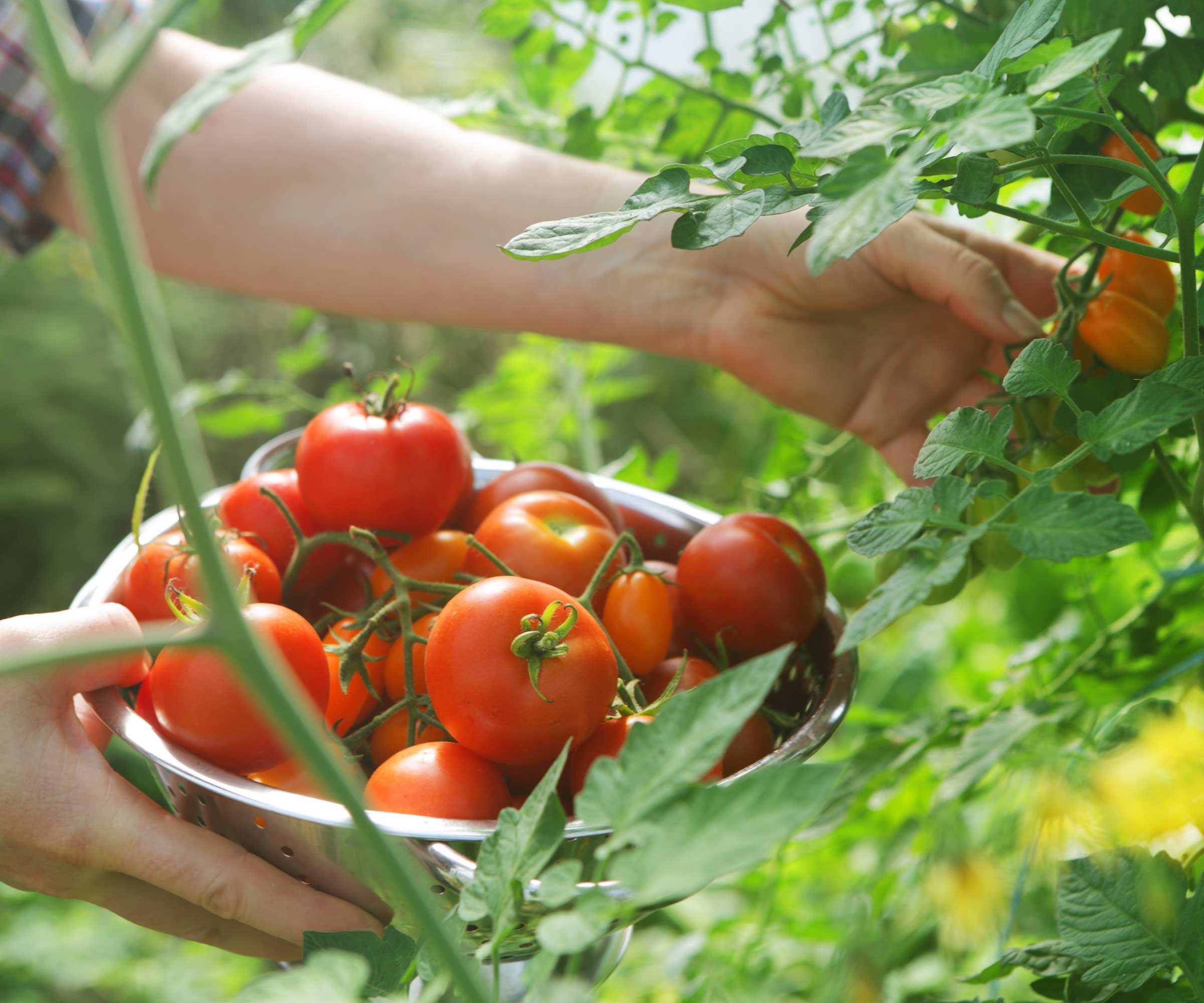
This innovative and exciting method is certainly something to consider, particularly if you are a gardener looking to try new approaches to improving crop yields. However, while there are claims of remarkable outcomes including pest and disease resistance, it is important to remember that these claims are mostly unproven.
‘Using electromagnetic fields for plant growth has not gained widespread acceptance or adoption,’ says Reese. ‘Traditional gardening methods, such as proper soil preparation, watering, fertilization, and natural pest control, are still the primary focus for most gardeners, and until there is widespread accepted scientific results regarding electro-culture gardening, traditional methods will remain the go-to approach for most gardeners.’
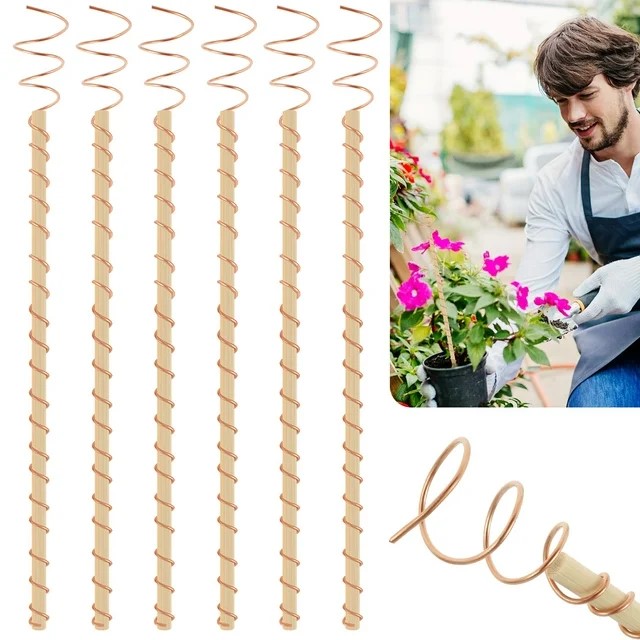
This electro-culture gardening copper coil antennas can help to improve plant vigour and growth. This set includes 6 x electro-culture plant stakes, crafted with 99.9% pure copper wire and comes with a sturdy wooden pole for excellent conductivity and durability.
FAQs
How can electro-culture gardening impact on pests in the backyard?
Electro-culture gardening is believed to deter several pests, including weevils, aphids, and some beetles. It is generally thought that electro-currents in the soil disrupt their communication systems, limiting pest action. However, as stated above, more research is needed to determine how electro-culture gardening impacts crop yields and pest control.
‘Electro-culture gardening is not commonly used in mainstream home gardening practices,’ says Reese. ‘While there are enthusiasts and proponents of electro-culture techniques, it remains a niche approach within the broader gardening community.
Indeed, the limited scientific evidence supporting the effectiveness of electro-culture gardening techniques means that any claims must be taken with a pinch of salt. However, if you are looking for a summer gardening project in the backyard, it might be something to try.
If, however, you want to stick to old-fashioned methods, why not consider what is hugelkultur gardening, and see how this ancient practice of adding decomposing material to raised beds can improve your crop yields?
Sign up to the Homes & Gardens newsletter
Design expertise in your inbox – from inspiring decorating ideas and beautiful celebrity homes to practical gardening advice and shopping round-ups.

Sarah is a freelance journalist and editor. Previously executive editor of Ideal Home, she’s specialized in interiors, property and gardens for over 20 years, and covers interior design, house design, gardens, and cleaning and organizing a home for Homes & Gardens. She’s written for websites, including Houzz, Channel 4’s flagship website, 4Homes, and Future’s T3; national newspapers, including The Guardian; and magazines including Future’s Country Homes & Interiors, Homebuilding & Renovating, Period Living, and Style at Home, as well as House Beautiful, Good Homes, Grand Designs, Homes & Antiques, LandLove and The English Home among others. It’s no big surprise that she likes to put what she writes about into practice, and is a serial house renovator.
- Thomas RutterContent Editor
-
 I used to be a lifeguard – this scanning method has stuck with me and instantly catches clutter before it becomes overwhelming
I used to be a lifeguard – this scanning method has stuck with me and instantly catches clutter before it becomes overwhelmingThis life-saving tip now saves me from feeling overwhelmed
By Chiana Dickson
-
 David Beckham uses this air fryer for perfectly cooked wings – it's a small but mighty modern kitchen essential (currently under $160)
David Beckham uses this air fryer for perfectly cooked wings – it's a small but mighty modern kitchen essential (currently under $160)The football legend has joined the ranks of celebrity Ninja fans in a new campaign for the compact, portable, and aesthetically pleasing air fryer
By Hannah Ziegler